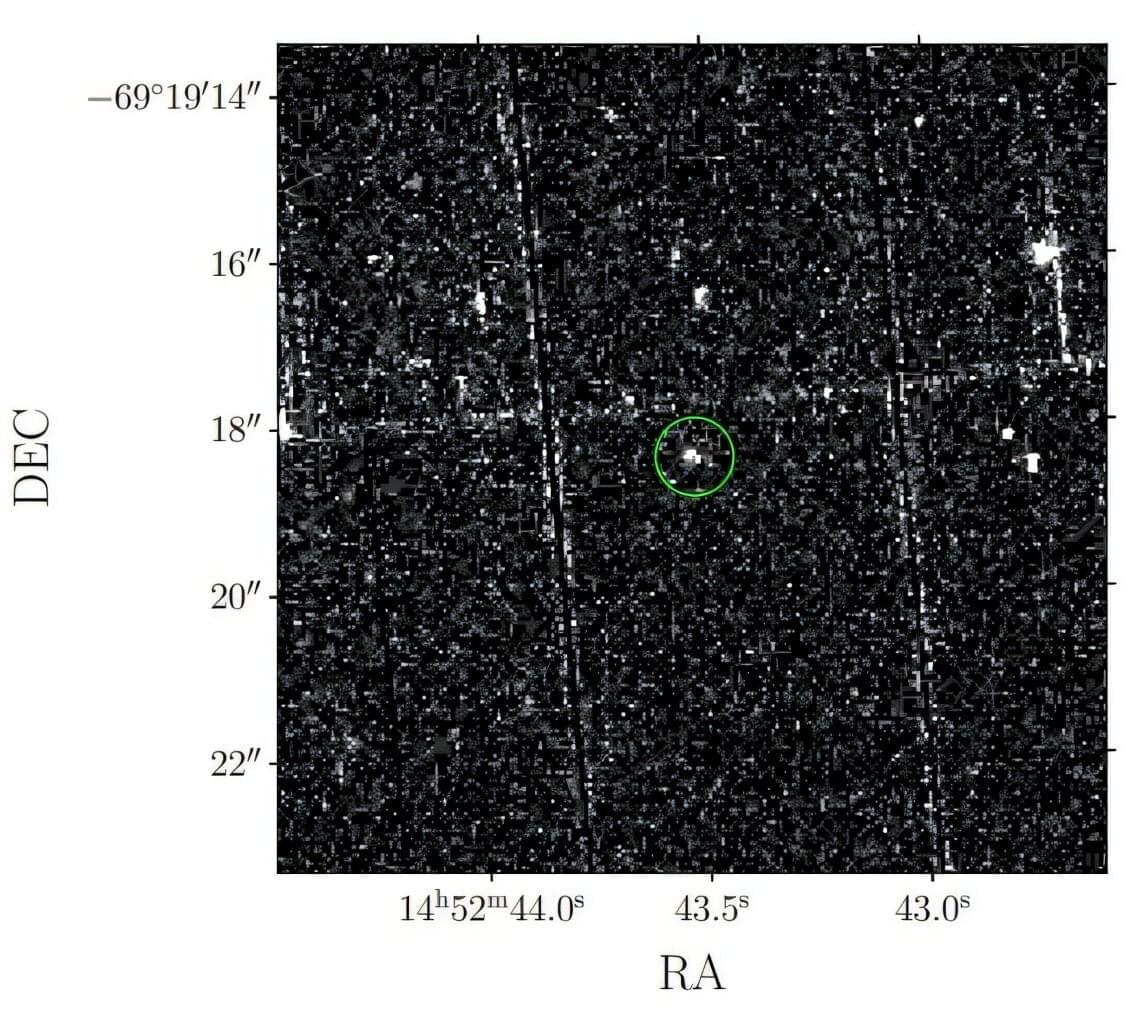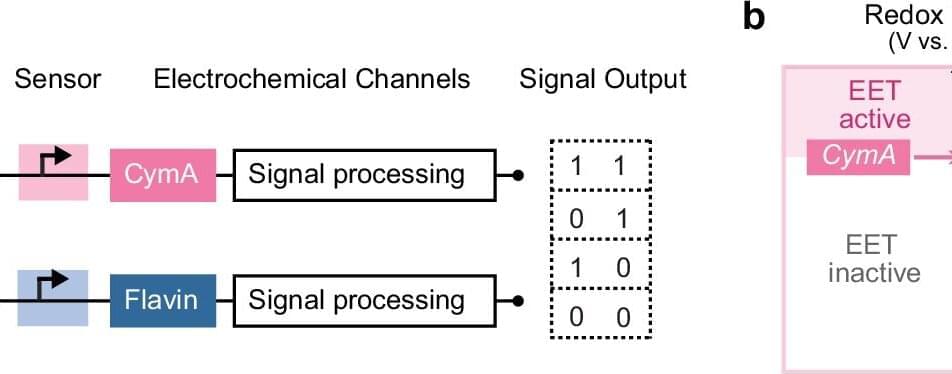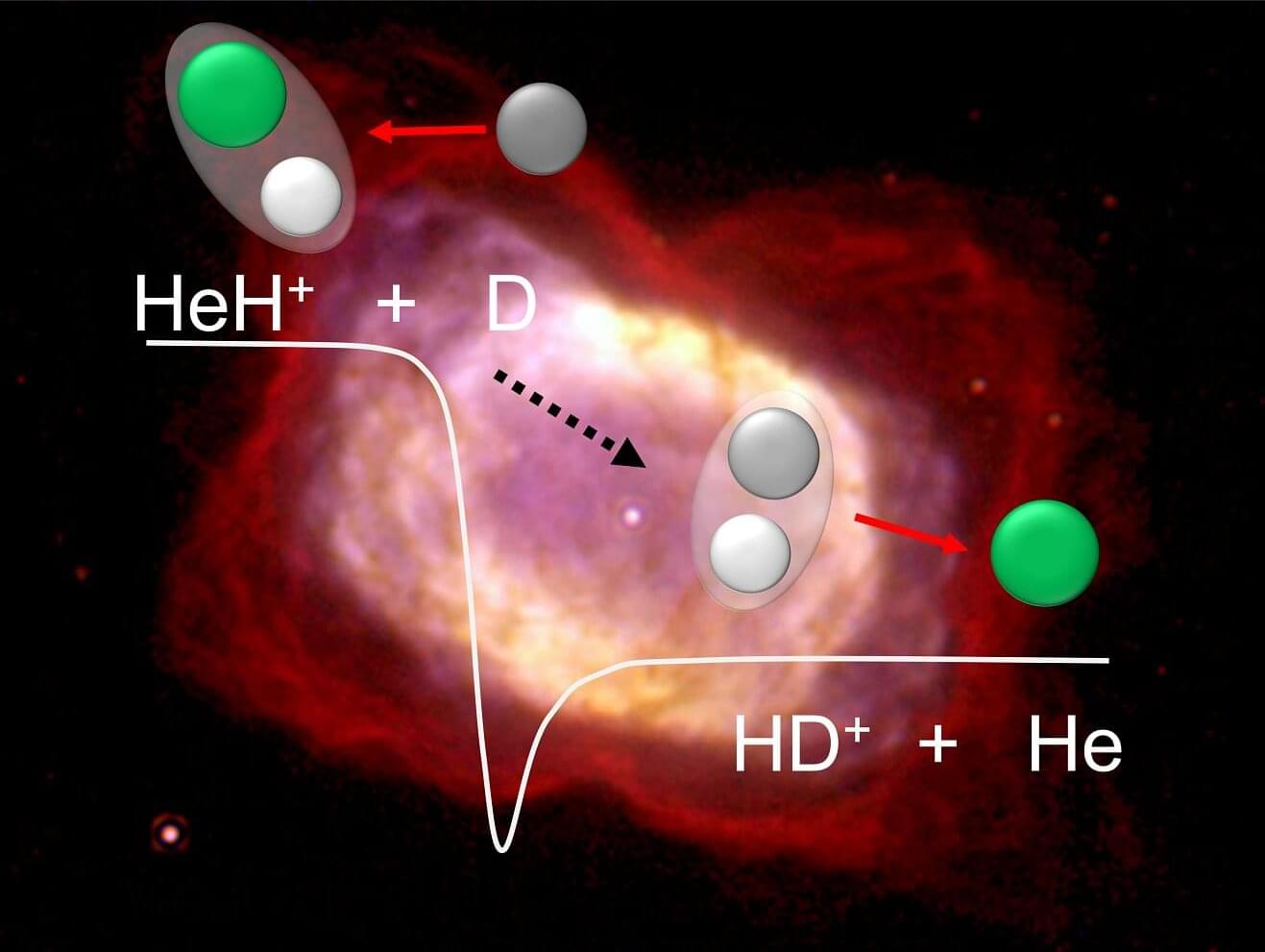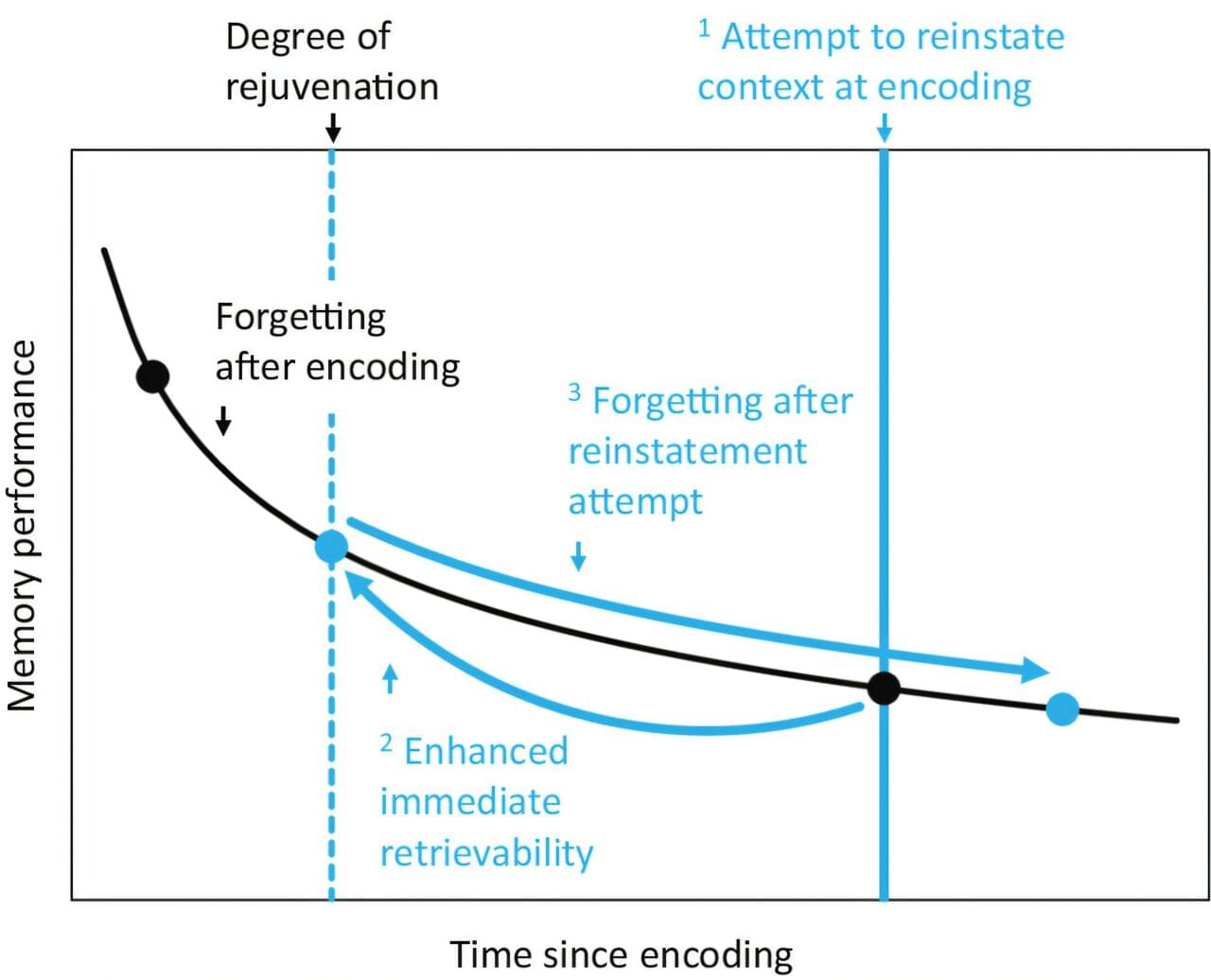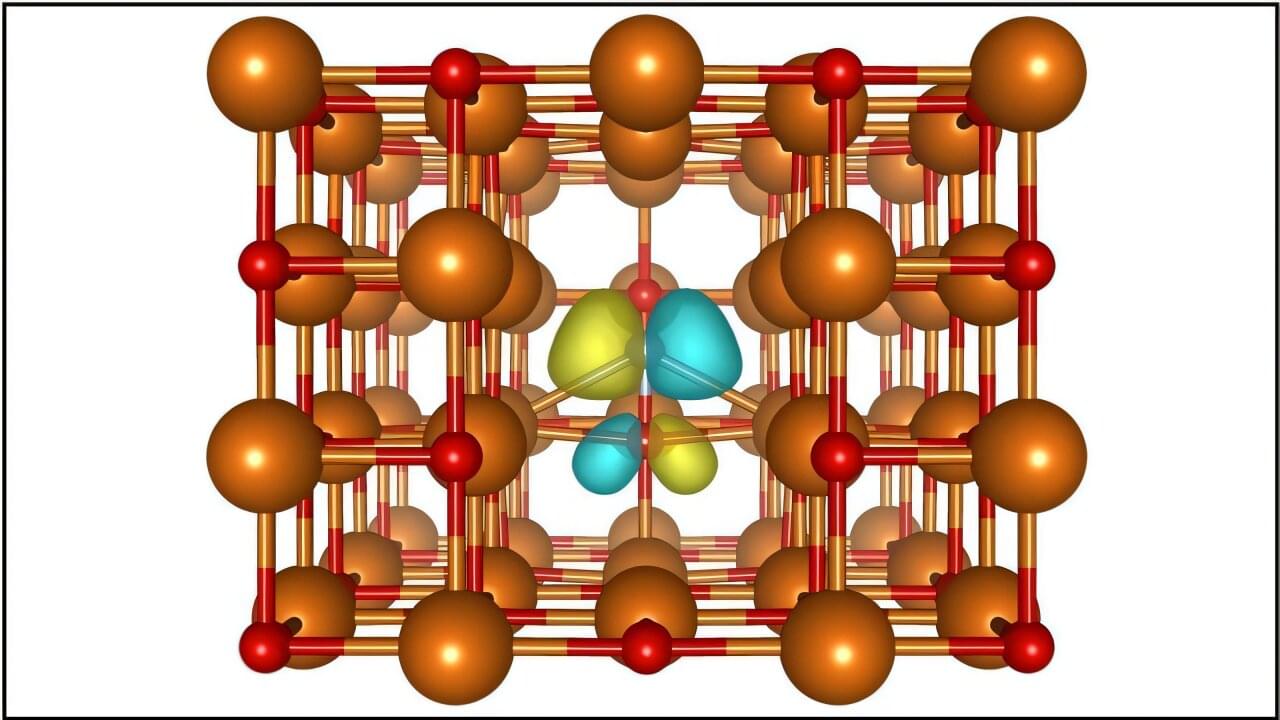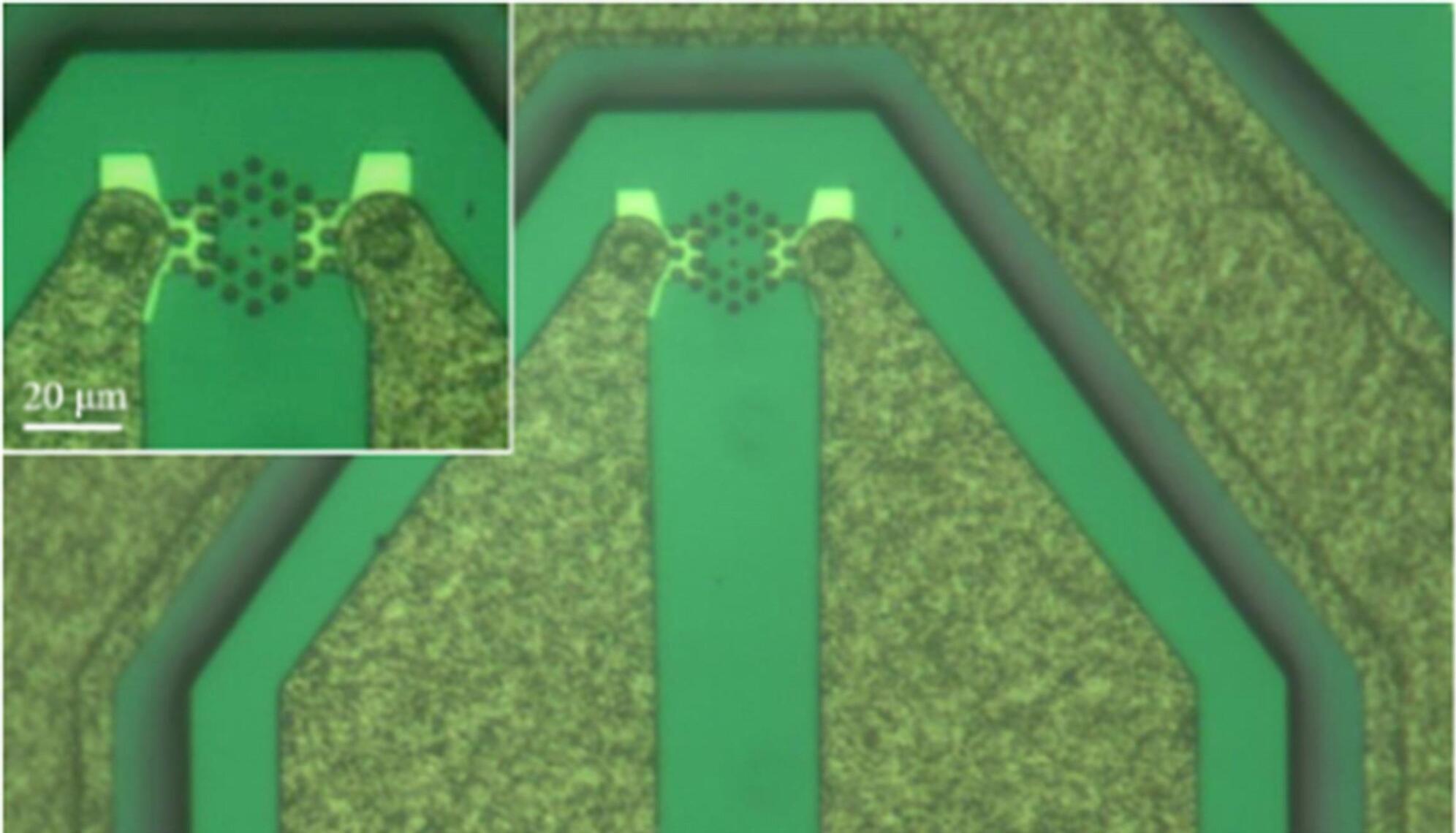An international team of astronomers reports the discovery of a new long-period radio transient, which received the designation ASKAP J144834−685644 (ASKAP J1448−6856 for short). The newfound transient is a crucial addition to the still short list of sources of this type. The finding was detailed in a paper published July 17 on the arXiv preprint pre-print server.
Long-period radio transients (LPTs) are an emerging class of periodic radio emitters, with ultralong rotation periods (ranging from minutes to hours) and strong magnetic fields. Although some observations have suggested that these transients may originate from rotating neutron stars with extremely strong magnetic fields (magnetars) or magnetic white dwarfs, their true nature still baffles astronomers.
The Australian Square Kilometre Array Pathfinder (ASKAP) is a 36-dish radio-interferometer in Australia, operating at 700 to 1,800 MHz. One of its scientific goals is the characterization of radio transient sky through the detection and monitoring of transient and variable sources.
